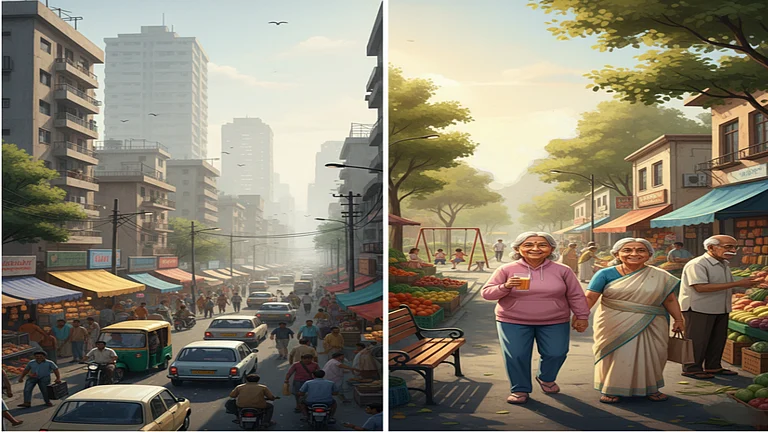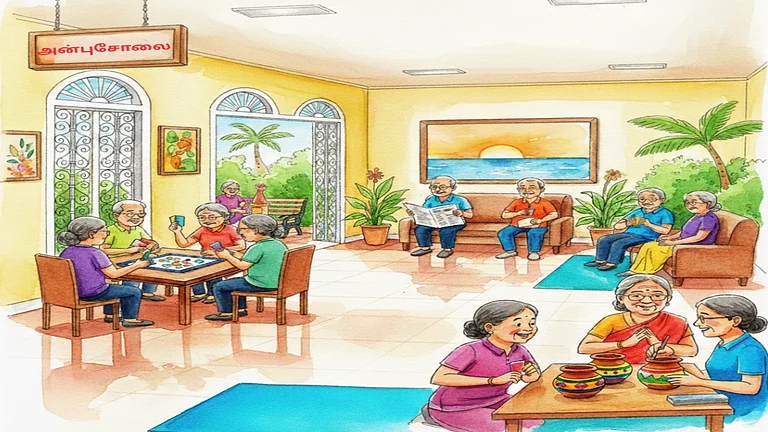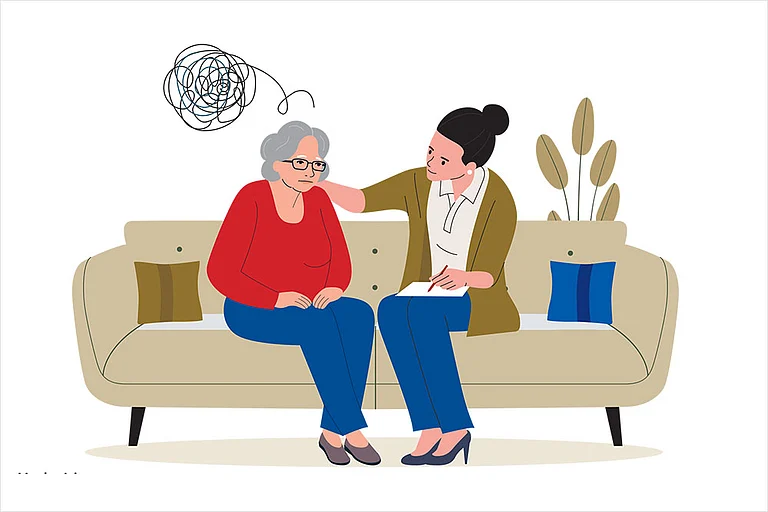
Summary of this article
The Elderly population is rising in India and projected to double by 2050. While there are regulations and guidelines for senior-related segments, such as in senior housing, medical care, etc., these are fragmented, which highlights the compliance burden and the need for an integrated, standardised regulation that's applicable across the country
Senior living homes are gradually getting acceptance among senior citizens, albeit among those seniors who can afford it. Several new projects are planned to be launched in the senior living segment, a housing segment that also provides assisted living facilities. However, the facilities are not standardised. There are various provisions that apply to the senior living space, but are being adhered to under different rules.
In India, the Ministry of Social Justice and Empowerment (MoSJE) prescribes guidelines for senior citizens' homes. The guidelines named as National Minimum Standards for Assisted Living Facilities for Senior Citizens in India stipulate the standards in terms of location, infrastructure, and facilities, such as quality of living space, safety measures, internet access, quality of caregivers, health and medical services availability and quality, cleanliness, hygiene, social activities, financial transparency, and governance, among others. Besides this, the Ministry of Housing & Urban Affairs (MoHUA) also has model guidelines in place for the development and regulation of retirement homes.
However, senior housing is more than real estate, and in assisted living facilities, it includes medical care facilities and hospitality services, for which different rules apply.
Prem Singh Rathore, Chief Quality Officer, Antara Senior Care, says, "At present, India does not have a unified regulatory framework dedicated specifically to senior living or elder care. Instead, operators in this space are required to comply with multiple regulations drawn from other sectors, none of which are tailored to the unique needs of senior citizens."
Real Estate: He highlights that for the real estate front, senior housing must adhere to the general building codes and the rules of the respective Real Estate Regulatory Authority (RERA) and other local development authorities, which are related to the quality of construction, delivery of the project, amenities offered, and legal remedies.
Medical Care: For the healthcare aspect, the facilities must be in accordance with the state-specific clinical guidelines, but these may significantly vary from one state to the other and are often ambiguous about integrated care models. The regulations in this sector lay emphasis on medical facilities, clinical protocols, appointment of the qualified medical staff, prevention of elderly abuse and neglect, etc.
Hospitality: One other important aspect that makes senior housing different from other housing communities is the hospitality element. This also requires operational compliance similar to hospitality environments. However, it is different from traditional hospitality because the stays are for the short term. On the other hand, in senior housing care, hospitality is a lifetime engagement with the residents and thus requires long-term commitment.
It highlights the need to establish a standard grievance redressal mechanism, escalation metrics, and service standards, Rathore points out, and adds that complying with these scattered rules and requirements of different sectors engaged in senior housing makes it challenging to deliver the person-centric care to the seniors they deserve.
As the senior population in India is consistently rising and expected to reach around 347 million by 2050, it is crucial to establish systems, rules, and regulations to ensure care and support for older adults. Rathore feels the need for standardised and integrated regulations that can cover all three components of senior housing: infrastructure, medical care service and products, and hospitality, so that implementation and compliance of regulations become easier.
As several players are building senior focused projects in cities, including Mumbai, Pune, Dehradun, Noida, Gurgaon, Chennai, Bangalore, Bhiwadi, and Jaipur, standardisation of guidelines can make the processes streamlined for compliance and offer seniors the kind of services they need and truly deserve. The unified and standardised rules for the senior housing and care segment would not only be convenient to comply with but also enhance the quality of service for the elderly.



















